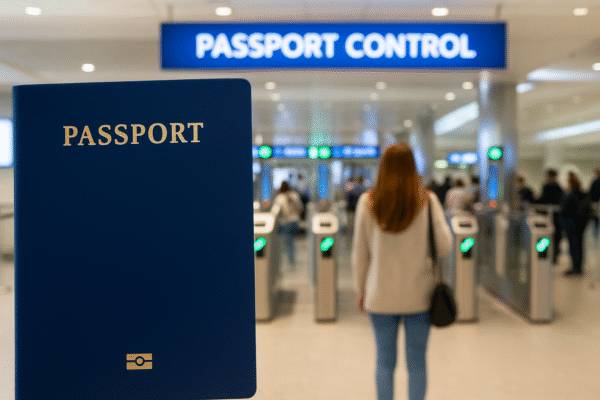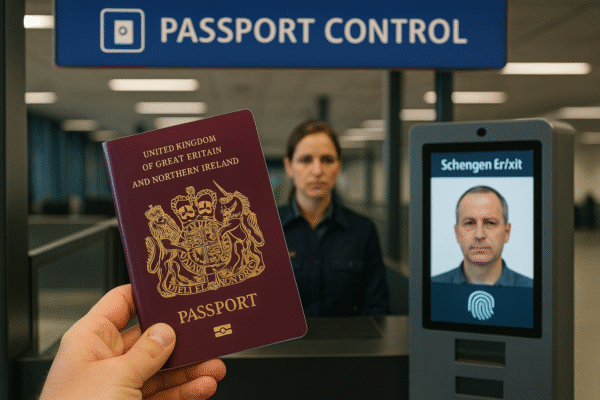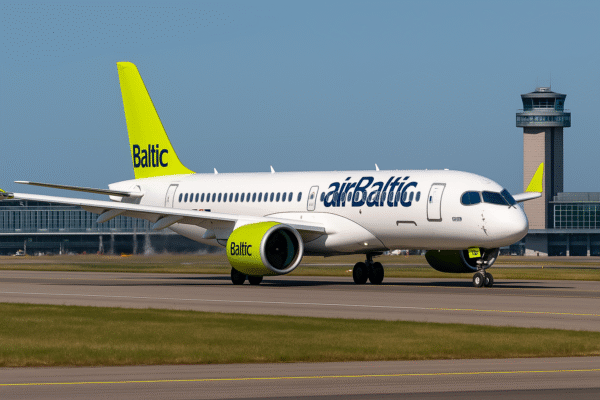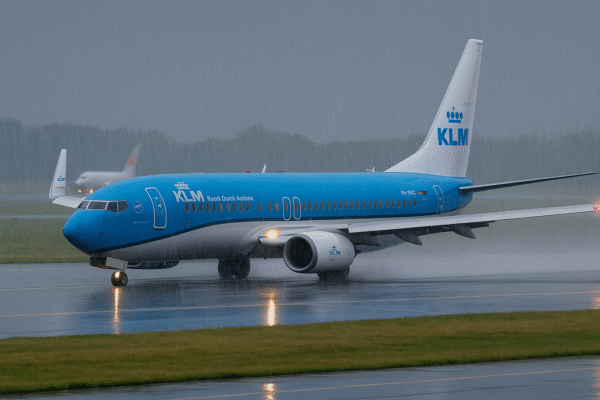The United States will implement a new $250 “visa integrity fee” for all non-immigrant visa applicants starting October 1, 2024, as part of the fiscal year 2025 immigration measures outlined in the “One Big Beautiful Bill Act.” This non-waivable fee will apply to international tourists, business travelers, students, and other short-term visa holders. The policy is expected to significantly raise the financial barrier for foreign nationals seeking to enter the U.S.
Although the new visa fee comes with the possibility of a refund, eligibility is strictly tied to compliance with U.S. visa conditions. Those who overstay their visas by more than five days or engage in unauthorized employment will forfeit any chance of reimbursement. The U.S. Department of Homeland Security (DHS) has the authority to increase the fee further if deemed necessary, adding another layer of unpredictability to the process.
A Significant Financial Shift for Travelers
Currently, non-immigrant visa applicants pay various processing fees depending on the visa category. For instance, the application fee for an H-1B visa is $205. With the integrity fee in place, this total will now rise to at least $455. Similarly, student visas (F and J types) and tourist visas (B1/B2) will also see a sharp increase in overall costs.
This move marks one of the most substantial fee hikes for inbound U.S. travel in recent history, raising questions among travelers, international students, education counselors, and tourism operators worldwide.
Refund Provisions: Limited and Strict
According to the DHS and U.S. Citizenship and Immigration Services (USCIS), refunds will only be considered for visa holders who do not violate the terms of their visa. This includes avoiding unauthorized employment and respecting the exact duration of stay permitted. Refunds are not automatic; recipients must submit a formal claim and demonstrate full compliance upon departure.
Despite the high bar for refunds, immigration experts say the intent is to promote lawful visa behavior while discouraging overstays and misuse—issues that remain persistent in U.S. immigration management.
The Bigger Picture: Visa Overstay Statistics
According to the Congressional Research Service and DHS, between 1% and 2% of non-immigrant visitors have overstayed their visas annually since 2016. While these numbers may appear modest, they represent a major source of unauthorized residency in the U.S. It is estimated that around 42% of the 11 million undocumented individuals currently in the country originally entered legally and overstayed their visa durations.
By introducing this fee, U.S. authorities hope to not only generate funds but also dissuade casual overstays—an issue often cited in political debates around border security and immigration enforcement.
Brand USA Faces Budget Cut Amid Policy Shift
The rollout of the visa integrity fee coincides with a significant reduction in funding for Brand USA, the nation’s official destination marketing organization. The One Big Beautiful Bill Act slashed Brand USA’s annual funding from $100 million to just $20 million. Additionally, the U.S. Department of Commerce recently removed nearly half of Brand USA’s board members, casting uncertainty over its leadership and operational direction.
These changes are expected to limit the country’s ability to compete for global tourism in a market already seeing aggressive international marketing from countries like Canada, Australia, Japan, and the UAE.
Brand USA plays a pivotal role in promoting the U.S. as a desirable travel destination. Its campaigns have previously contributed billions to the U.S. economy by boosting tourism and job creation across all 50 states.
Industry Concerns Over Travel Deterrence
Tourism experts and education consultants fear that the new visa fee may dissuade international students and travelers, particularly from cost-sensitive regions like Southeast Asia, Africa, and Latin America. The extra financial burden could redirect travelers to more affordable and welcoming destinations such as Canada, Australia, or Europe.
“This visa fee sends the wrong signal to prospective students and travelers,” said a spokesperson from the U.S. Travel Association. “At a time when global competition for tourists and international students is at an all-time high, the U.S. risks pricing itself out of the market.”
According to a 2024 World Tourism Organization report, global travel has rebounded strongly post-pandemic, but traveler decisions are increasingly influenced by cost, transparency, and visa ease.
Policy Transparency and Administrative Challenges
Another concern is the lack of clarity surrounding how the refund process will work and how long it will take. Will travelers need to wait months for a reimbursement? Will minor compliance breaches nullify refund eligibility? Immigration law experts say clearer guidelines are urgently needed before the policy takes effect in October 2024.
Additionally, it remains unclear how this new policy will interact with other DHS or State Department regulations, including security checks, consular wait times, and visa issuance delays.
What Travelers Should Know Now
- Fee Introduction Date: October 1, 2024
- Amount: $250 (may increase)
- Eligibility: Applies to all non-immigrant visa types
- Refundable? Yes, but only with full visa compliance
- No waivers available for any class or nationality
- Additional Costs: Visa applicants still need to pay existing visa application and SEVIS (for students) fees.
For official updates, travelers are advised to consult for the latest DHS announcements.
Conclusion: A New Era in U.S. Visa Policy
The $250 visa integrity fee is poised to reshape how the world travels to the U.S., especially for students, tourists, and business professionals. With ongoing debate over its necessity and potential consequences, the travel and tourism industry is watching closely.
Whether the policy will successfully promote visa compliance—or instead deter valuable inbound travel—remains to be seen. But what’s clear is that navigating the visa process to the United States in 2025 will be more expensive and possibly more complicated than ever before.
For more travel news like this, keep reading Global Travel Wire


















